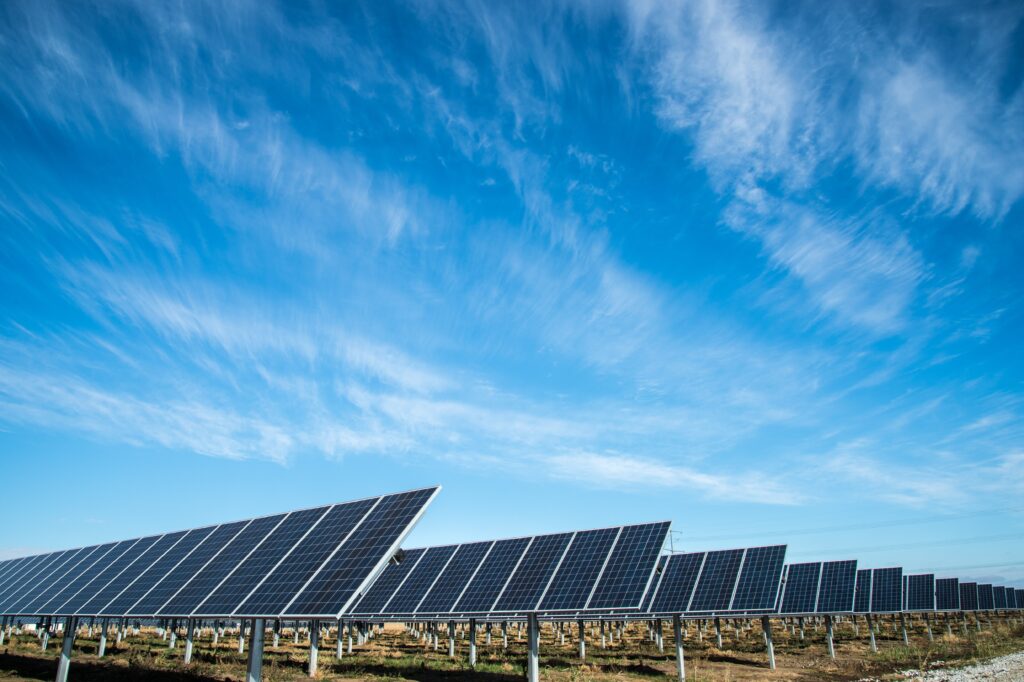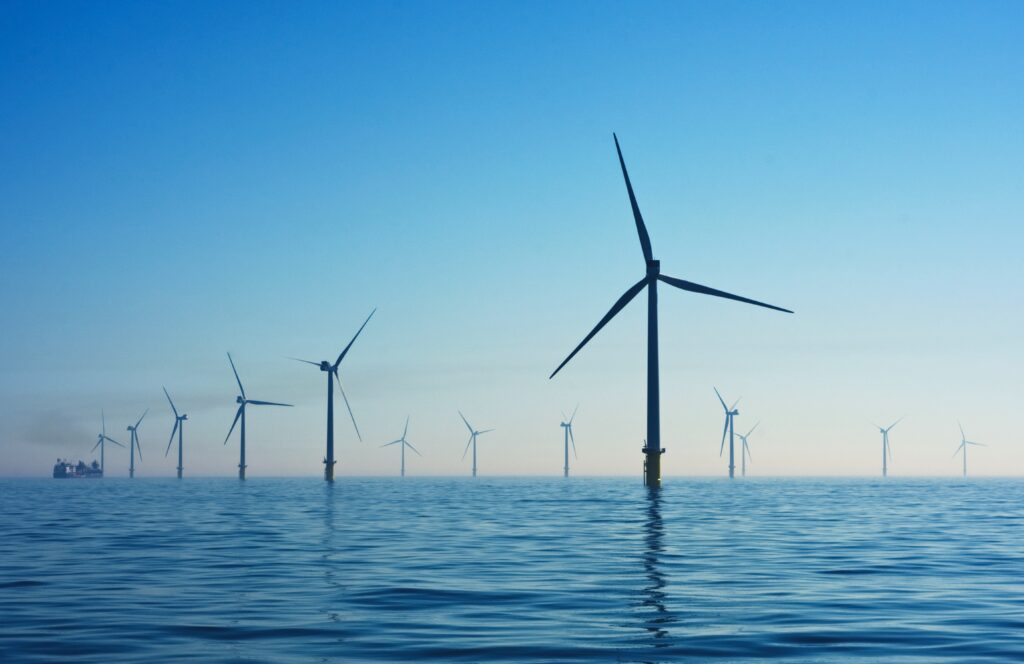
The share of renewables in overall power generation is rapidly increasing in both developed and developing countries due to their offered benefits of availability of resources, being clean and the low cost. As an example, the photovoltaic is the main technology to generate electricity from the incident solar irradiation with total contribution of the electricity generated reached to 16% of the total renewable energy resources in 2017 by an increase of 32% compared to 2016.
Countries have targets to increase the share of power generated using the renewable energy up to 100%. To achieve these objectives, the structure and operation of existing power grid infrastructures will need to be modified as the share of renewable power generation increases. This article illustrates briefly the characteristics of the renewable energy technologies, their impact and the integration on the grid to contribute to the future electricity system.
The Renewable energy technologies is divided in two categories based on dispatchability. The dispatchable technologies such as biomass, CSP with storage, geothermal and hydropower. Non-dispatchable such as solar PV; wind and tidal. This is also known as Variable Renewable Energy (VRE). The dispatchable technology is flexible to discharge into the grid and required less attention compared to the technical aspects. However, VRE is more complicated to discharge into the grid and its contribution should be carefully planned. VRE has four features in which required special attention for the current power systems integration:
1) Variable throughout the day such as wind and solar.
2) Uncertainty due to unexpected changes in resource availability.
3) Location based variable potential.
4) Low marginal costs compared to the conventional fuel such as natural gas.

